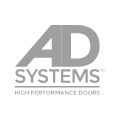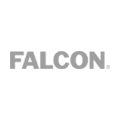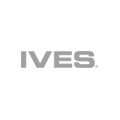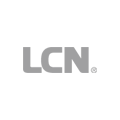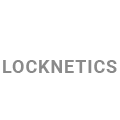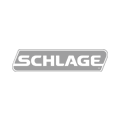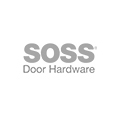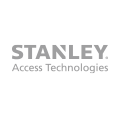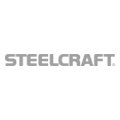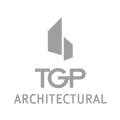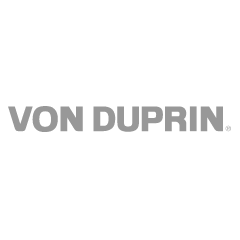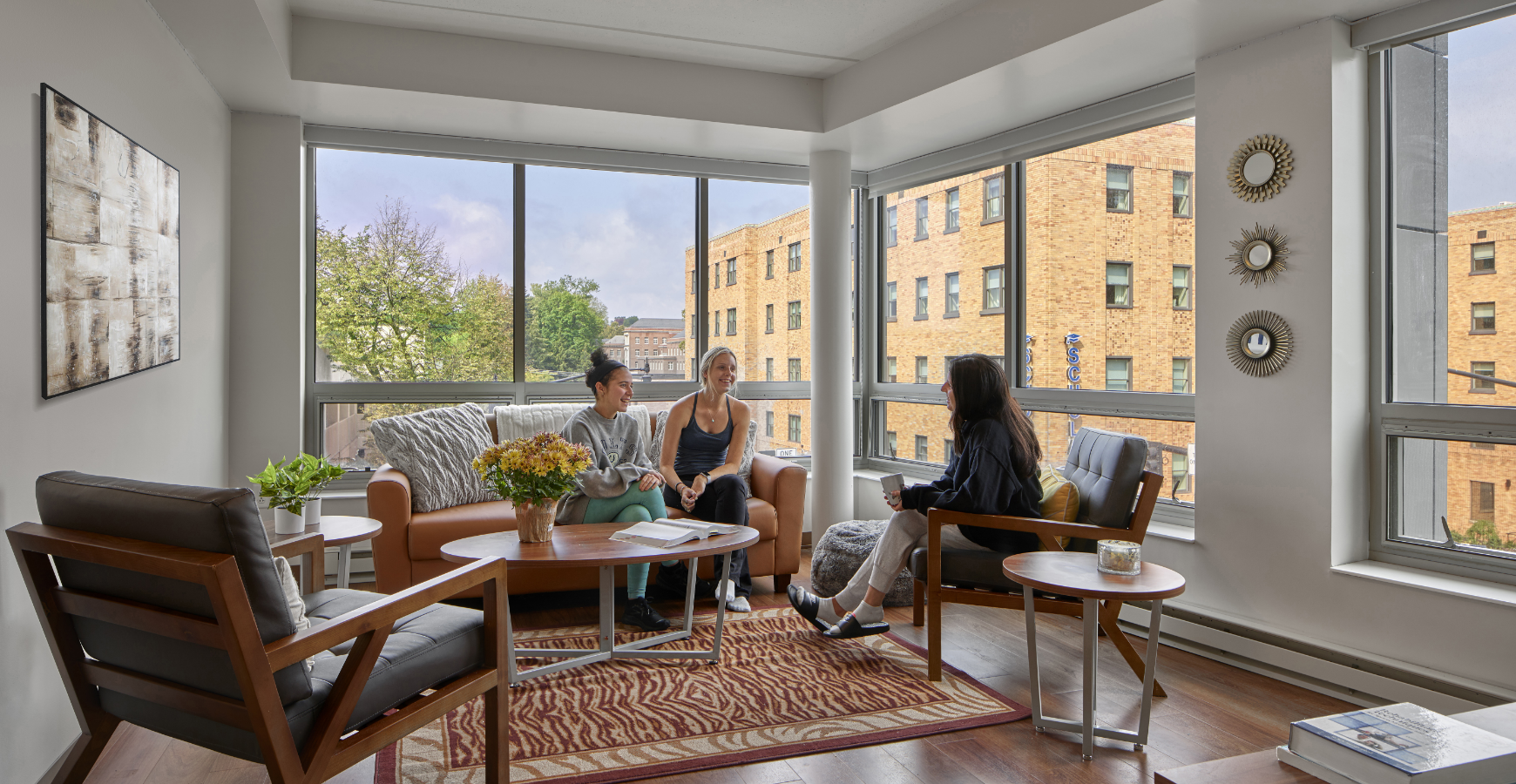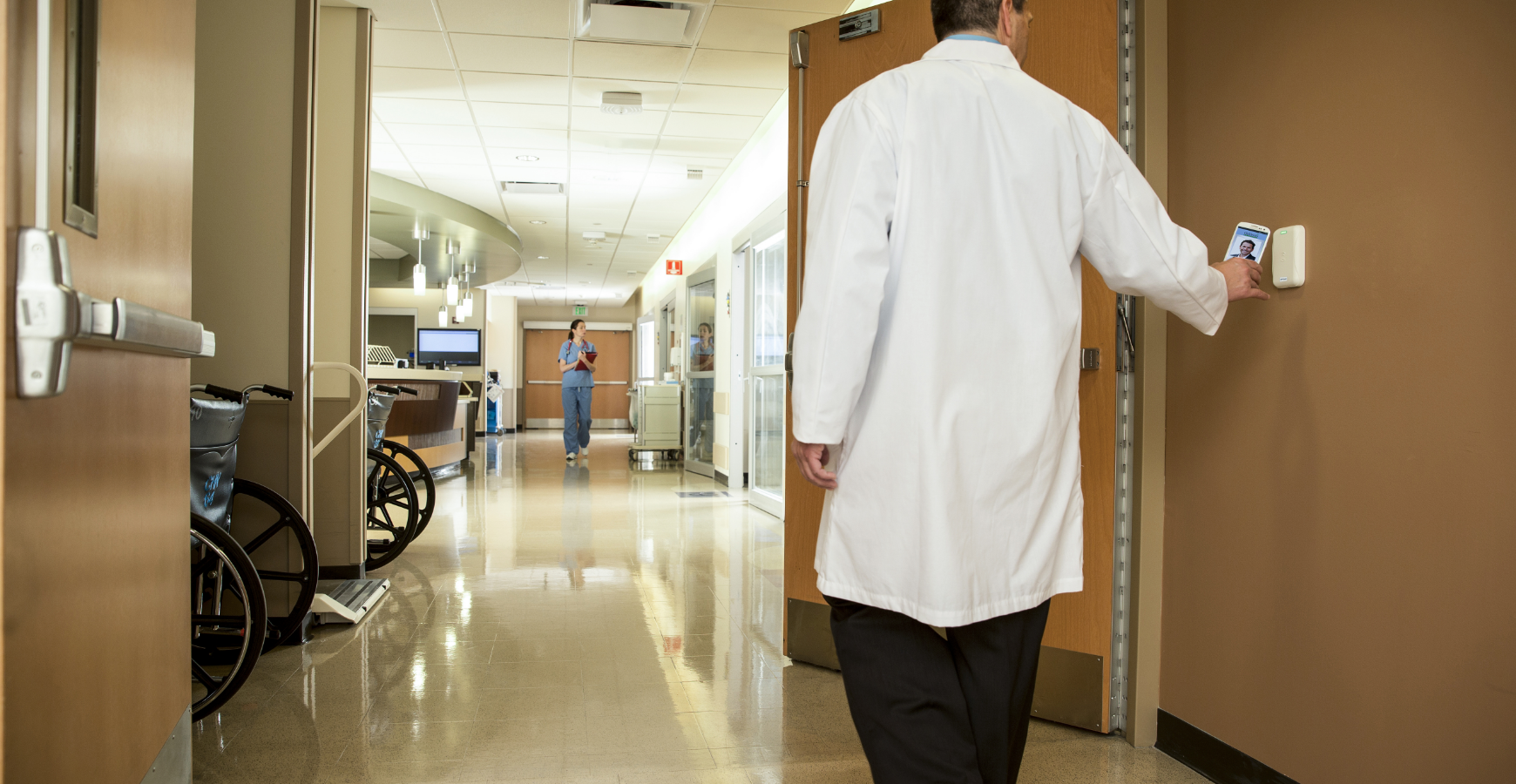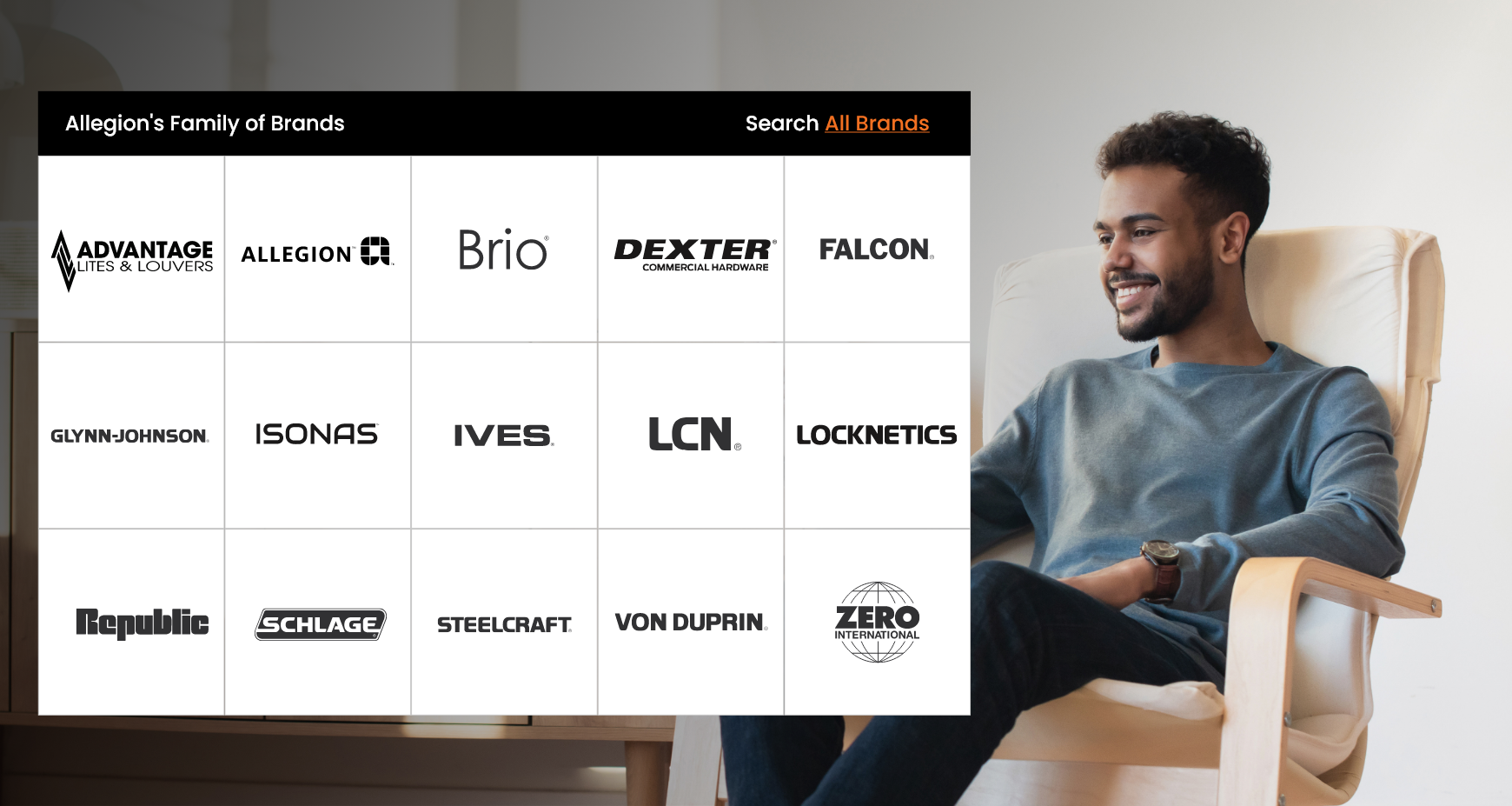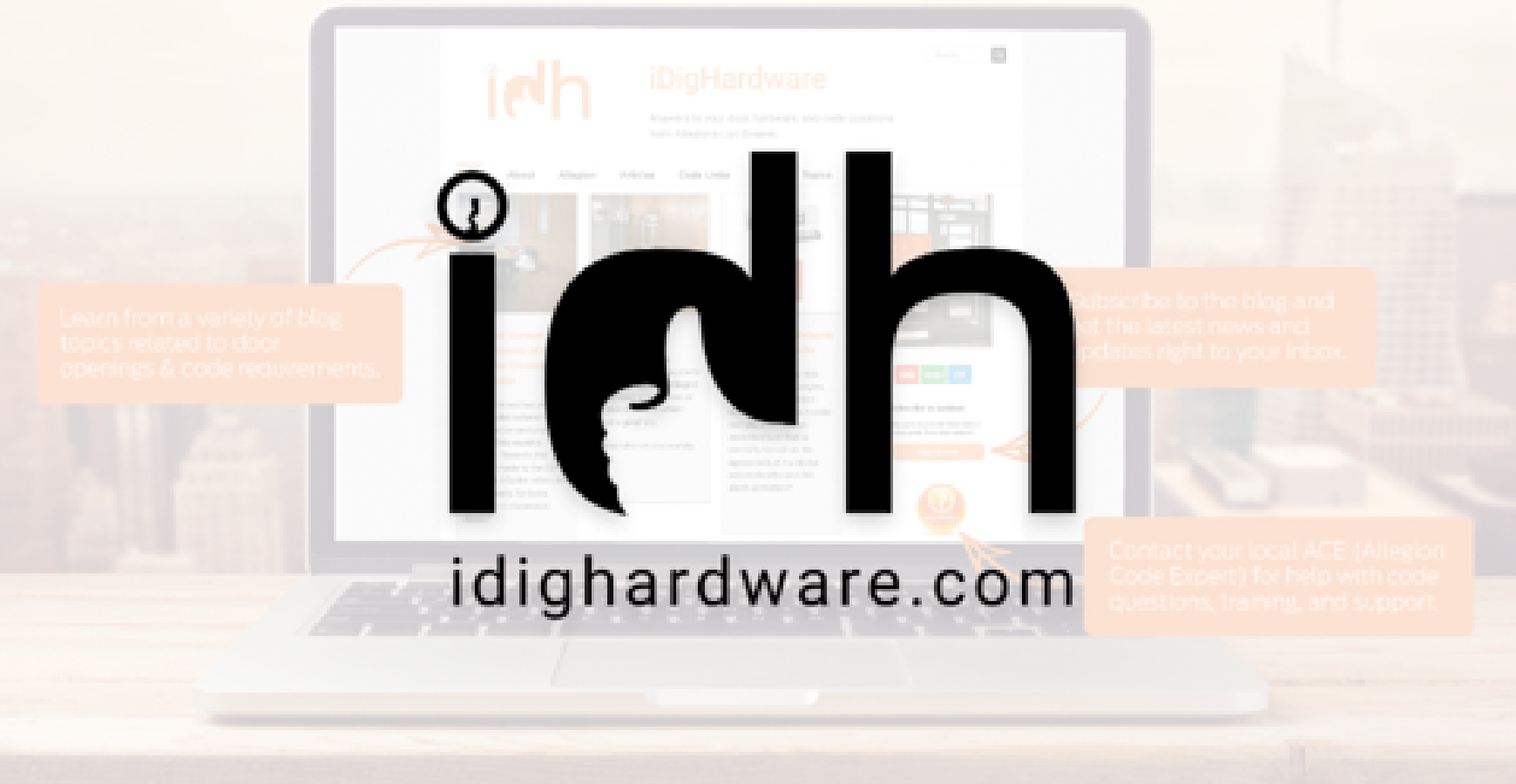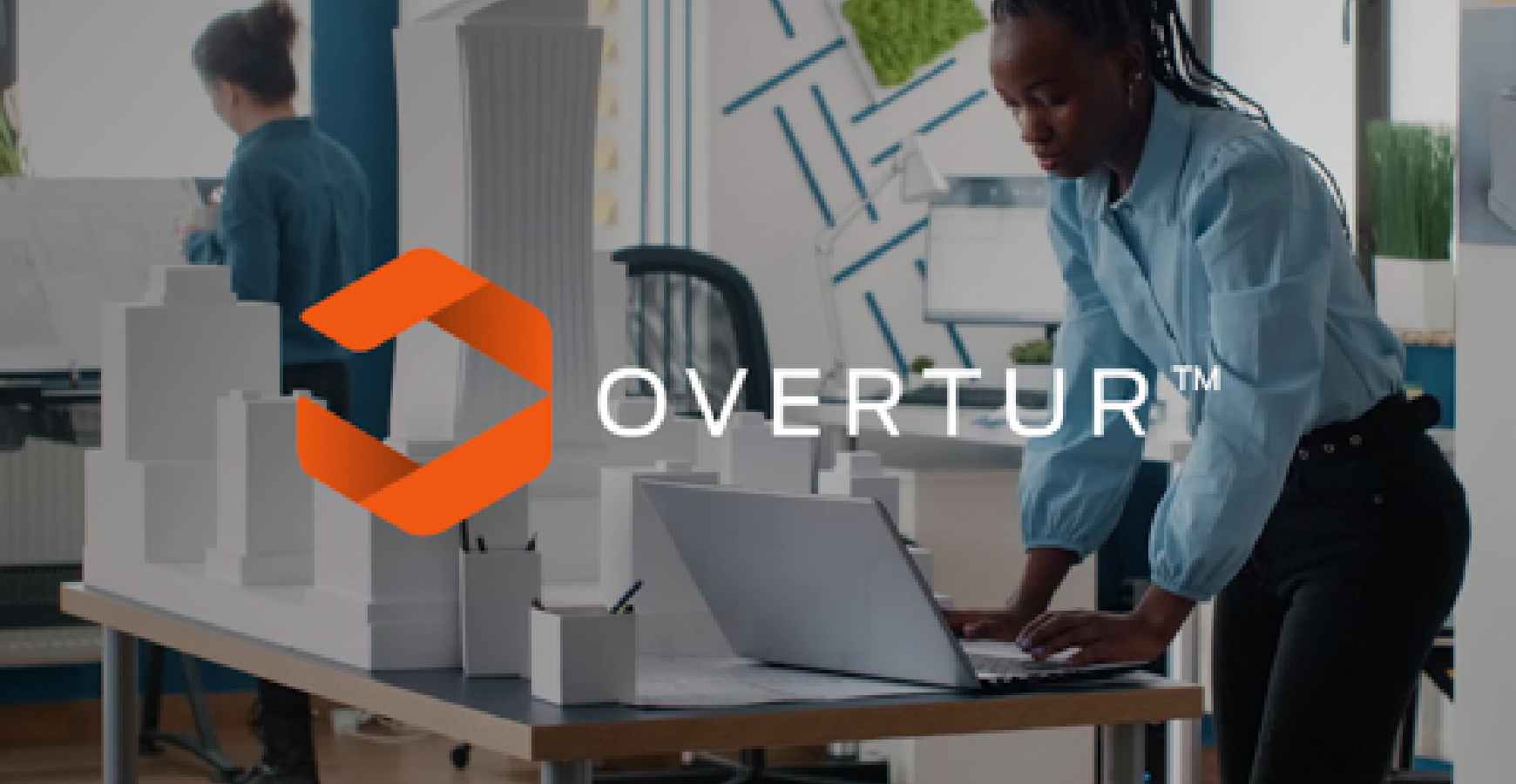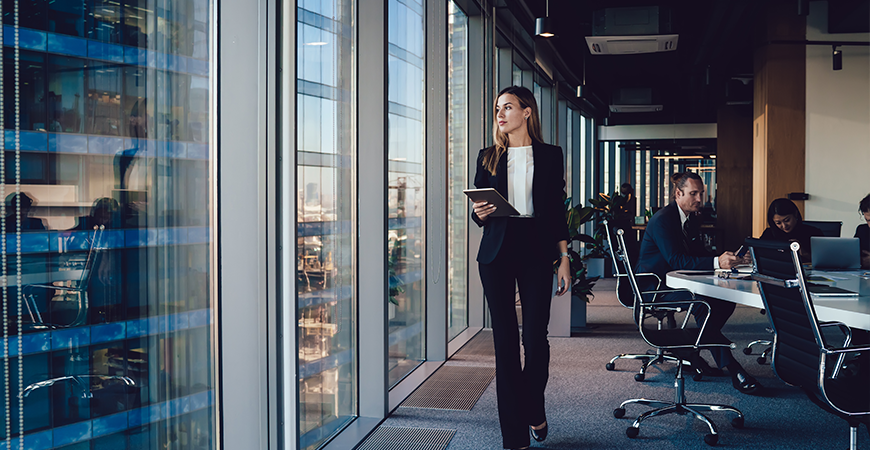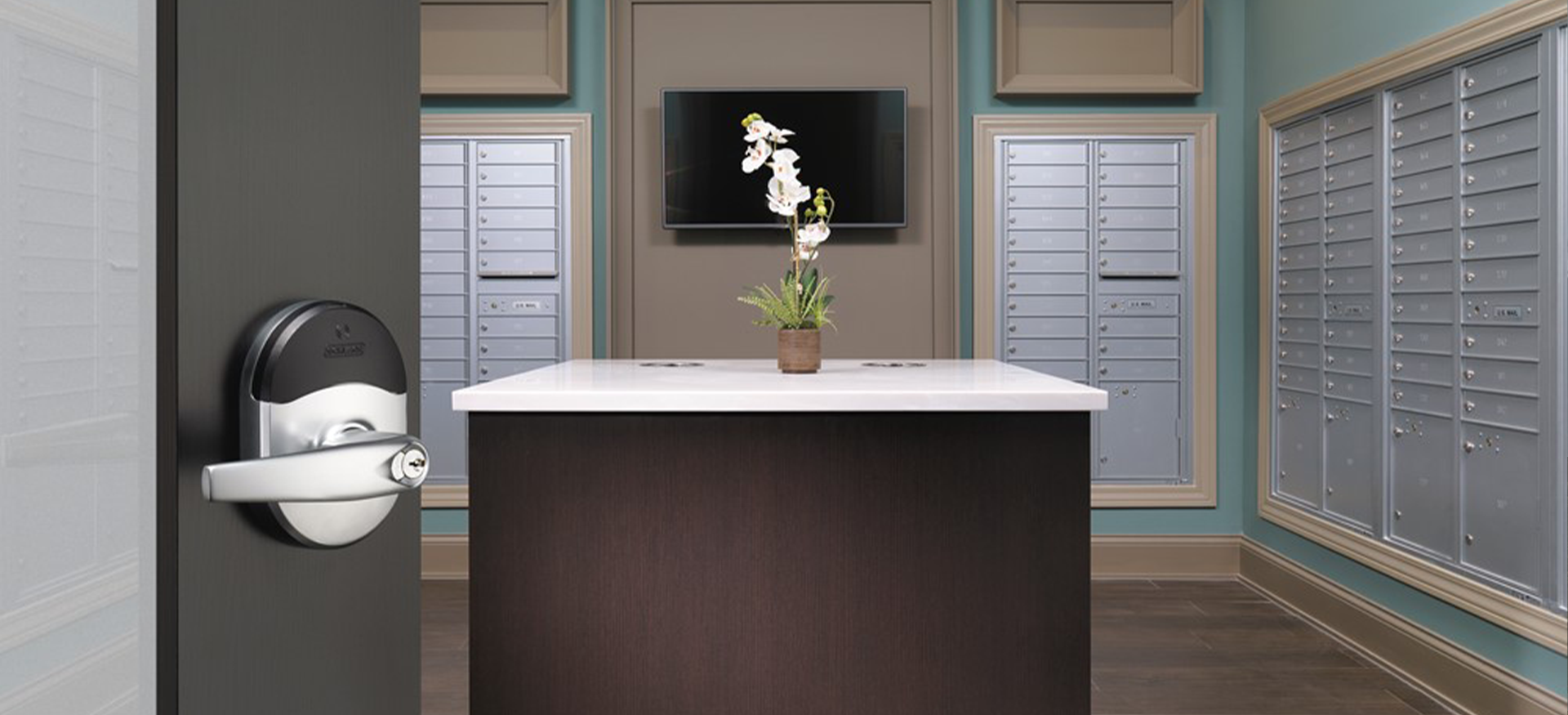Today, solutions are designed specifically for multifamily properties. They’re built to meet the unique needs of both the resident and property teams. For example, Tour24 makes viewing apartments more convenient than ever before by using a mobile app for self-guided tours.
It’s important to remember that each property is different. Technology cannot be a copy-and-paste solution. It needs to solve for individual pain points and needs.
Package delivery: Efficiency during the rise of online shopping
Today, many multifamily properties use package delivery rooms or lockers. While this helps prevent theft by limiting those who have access to deliveries, there are still shortcomings. There’s still potential for theft by neighbors and challenges with refrigeration and overcrowding—especially today when many people are ordering online to limit in-person shopping trips. Moorman has seen property managers getting creative to handle the influx of boxes. One property only permits one manager on site at a time, so it uses the second office as a package room. It allows one person in at a time. Social distancing is achieved while solving for the overflow of deliveries in the entryway. As this example shows, most properties weren’t designed for package rooms and lockers, which puts retrofits at a disadvantage.
Properties are looking for ways to use their space more efficiently, but they should be looking at how to use their time more efficiently. If they can minimize the time associated with package delivery, that’s a big win. In-unit deliveries could be the answer for many properties and residents. That said, Gaulden and Moorman emphasize that opting-in is important. Residents need to be comfortable with this solution, and an alternative option needs to be considered for residents who don’t want the delivery service or property management teams entering their units.
Gaulden believes if the multifamily industry can solve for package delivery challenges, it can equip properties for other services to occur. The use cases and technologies are similar. It can’t be a single-family or commercial solution. It needs to solve the needs of both residents and property managers.
Mobile enablement: Simple, secure access
Access control needs to be seamless. Mobile credentials make this possible. Residents already rely on their devices—to stay connected, order food and schedule walks for their dogs. Why wouldn’t they use them to access spaces? Mobile credentials are effortless and convenient for residents. Furthermore, remote access can be granted for approved visitors or third-party services.
There are benefits for property managers too. For example, mobile credentials are easier to distribute and eliminate rekeying costs. When a resident moves out, properties simply deactivate their mobile access.
When done effectively, residents can access everything from the palm of their hands. Companies work together in the background, creating an ecosystem of solutions. It’s not a singular approach; it’s a partnership amongst various companies. According to Gaulden, their goal is to make the experience for the property manager easy and allow them to make that experience transparent to the resident. What the resident sees is an all-in-one application that allows them to pay rent, request maintenance, grant temporary access, order food and more.
Through strategic integrations and mobile technologies, properties offer a new, convenient living experience that can attract new residents and retain current ones. It creates new revenue opportunities.

